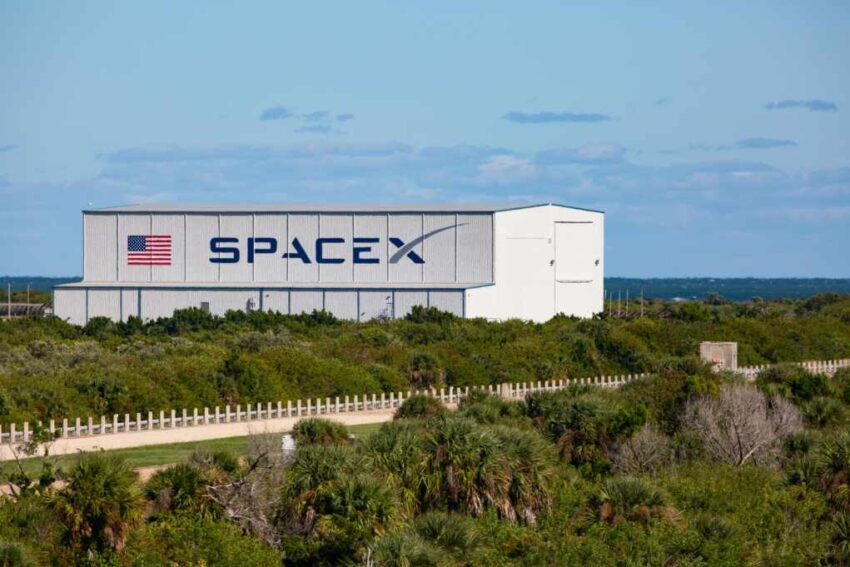SpaceX just launched a game-changing mission that could disrupt the entire telecom industry by delivering high-speed internet to the most remote corners of the planet.
At a Glance
- SpaceX launched 24 Starlink satellites to enhance internet coverage in polar regions.
- The mission utilized advanced V2-mini satellite technology.
- This move threatens traditional telecom operators and their outdated models.
- The launch is a significant step towards global digital equity.
SpaceX’s Ambitious Satellite Launch
On July 26, 2025, SpaceX successfully launched 24 Starlink satellites into a Sun-synchronous polar orbit from Vandenberg Space Force Base in California. This strategic mission, dubbed Starlink 17-2, is designed to extend high-speed internet access to remote and underserved polar regions. By deploying these satellites, SpaceX aims to challenge traditional telecom markets by providing reliable internet where terrestrial infrastructure has failed.
These aren’t just any satellites; they are V2-mini satellites equipped with sophisticated phased-array antennas and innovative argon Hall-effect thrusters, allowing them to deliver internet service more efficiently and with lower latency. This technological leap positions SpaceX at the forefront of the satellite internet revolution, threatening to disrupt the status quo of legacy telecom providers like Viasat and Hughes.
Closing the Digital Divide
The digital divide is a glaring issue, especially in polar and remote regions where internet access is either non-existent or exorbitantly costly. Traditional satellite internet, reliant on geostationary satellites, struggles with high latency and limited coverage, particularly at high latitudes. SpaceX’s low Earth orbit (LEO) approach offers a solution by providing lower latency and broader reach. With this latest launch, SpaceX is taking a bold step to bridge this gap and offer high-speed internet to communities that have been left behind by traditional telecom infrastructure.
The implications of this mission are far-reaching. Not only does it promise immediate improvements in internet access for polar communities, but it also increases competitive pressure on traditional satellite and terrestrial telecom providers. The deployment of these satellites enhances operational capabilities for scientific research, logistics, and emergency response in these regions, making it a win-win for both technology and communities.
Strategic Implications for Global Telecom Markets
The successful launch and deployment of these 24 Starlink satellites mark a significant milestone for SpaceX, further solidifying its position as a dominant player in the global broadband market. With over 8,000 satellites now in orbit, SpaceX is not just expanding its reach but also redefining the global telecom landscape. This mission underscores SpaceX’s commitment to providing global internet, fulfilling Elon Musk’s vision of democratizing access to information and connectivity.
For traditional telecom operators, this development is a wake-up call. The pressure to innovate and adapt is mounting, as the old guard’s reliance on outdated technology is increasingly exposed. The message is clear: adapt or risk obsolescence. Analysts have described SpaceX’s polar launch as a calculated strike against the assumptions of terrestrial telecom operators, highlighting the disruptive potential of LEO constellations.
Future Prospects and Challenges
While the mission’s success is undeniable, it also raises important questions about space debris, spectrum congestion, and the need for international coordination. As SpaceX continues to launch satellites, the regulatory landscape will need to adapt to accommodate these advancements. Nevertheless, the broader implications for global digital equity cannot be overstated. By providing reliable internet access to underserved areas, SpaceX is not only transforming the telecom sector but also promoting social inclusion and access to information.
The road ahead is both promising and challenging. As SpaceX continues to innovate, competitors will be forced to accelerate their own LEO satellite deployments. This could lead to increased regulatory scrutiny and spectrum management challenges, but it also opens the door for new partnerships and service models in the global telecom industry.
Click this link for the original source of this article.
Author: Editor
This content is courtesy of, and owned and copyrighted by, https://conservativeamericatoday.com and its author. This content is made available by use of the public RSS feed offered by the host site and is used for educational purposes only. If you are the author or represent the host site and would like this content removed now and in the future, please contact USSANews.com using the email address in the Contact page found in the website menu.





